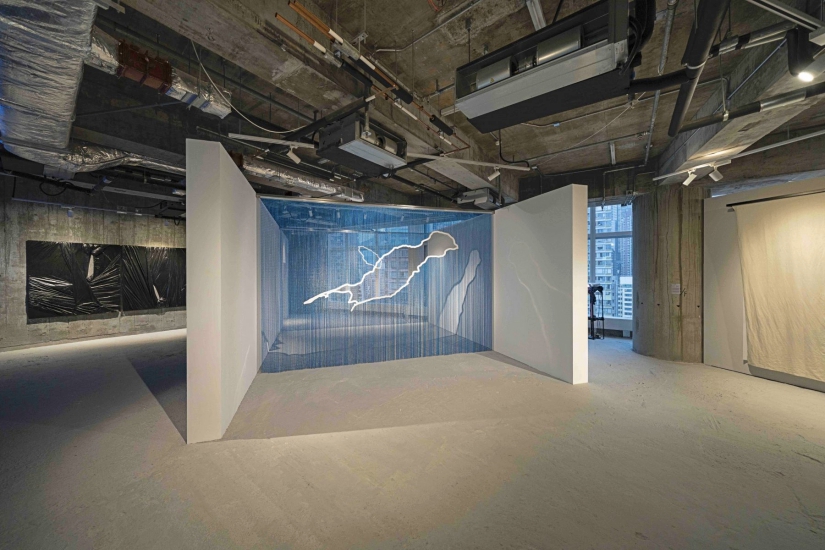How can a work be classified as art? When it comes to curtains, the public usually assigns them practical value. However, any object has multiple meanings. For example, a curtain is not only an object in daily life, but also carries rich cultural connotations such as differentiation, connection, boundaries, passages, and circulation. Para Site Art Space collaborates with the Shanghai Bund Art Museum on a new project, turning curtains into the subject of the exhibition, presenting multimedia works by 24 artists.
In a poetic space, there may be naked truths or beautiful imaginations. “Curtains” become dividers in the space, and can also transform into screens for displaying videos. Through various exploration methods, let us unveil the various images behind the curtains!
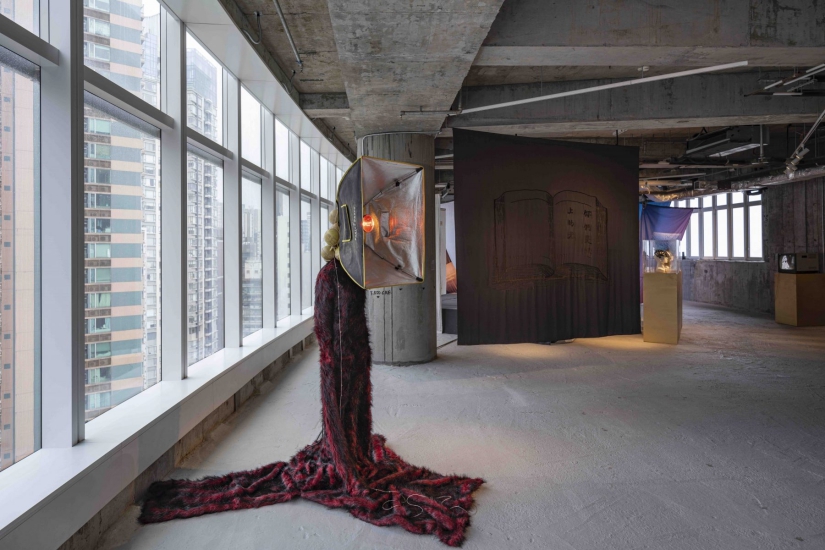
In the new era, people have their usual ways of accessing information, but how much of the vast amount of data we receive can truly be digested? Exhibitions intervene in many old habits of visual cultural consumption, and audiences need to explore the visible and invisible behind the curtain through actions such as crawling, moving, peeping, sniffing, listening, reading, writing, and feeling.
Some of the works in the exhibition delicately narrate forgotten history through examining newspapers, photographic images, etc., and raise a series of critical questions about the surveillance era. In addition to involving such significant propositions about history and society, some exhibits focus on marginal regions, attempting to understand the importance of cross-border communication, while the final part of the exhibition explores the artist’s thoughts on individual and collective identity through dynamic performances.
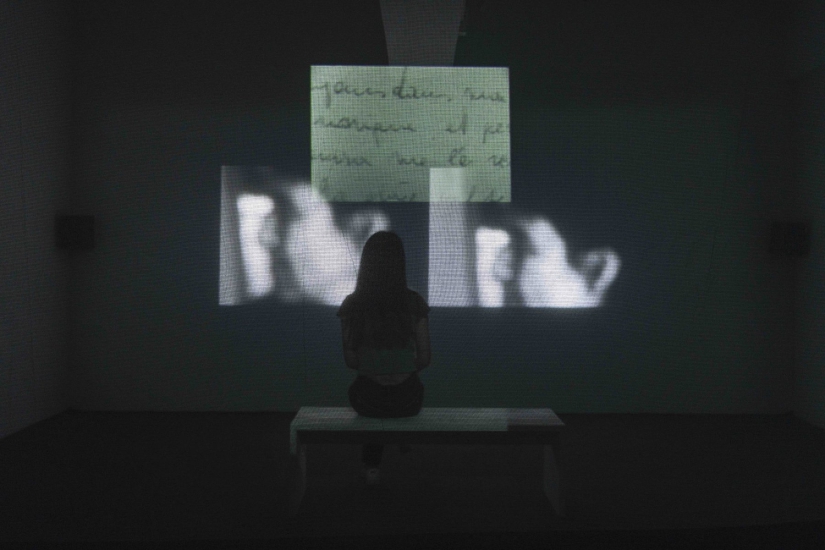
The video installation recorded precious excerpts from Akerman’s grandmother’s diary after her death in the Auschwitz concentration camp. Akerman was a pioneer in feminist and experimental film production, and as a descendant of Holocaust survivors, intergenerational trauma has always been one of the themes of her work. In the last few decades of her life, she continued to explore her identity as a Jewish woman and shared personal stories with the public through video.
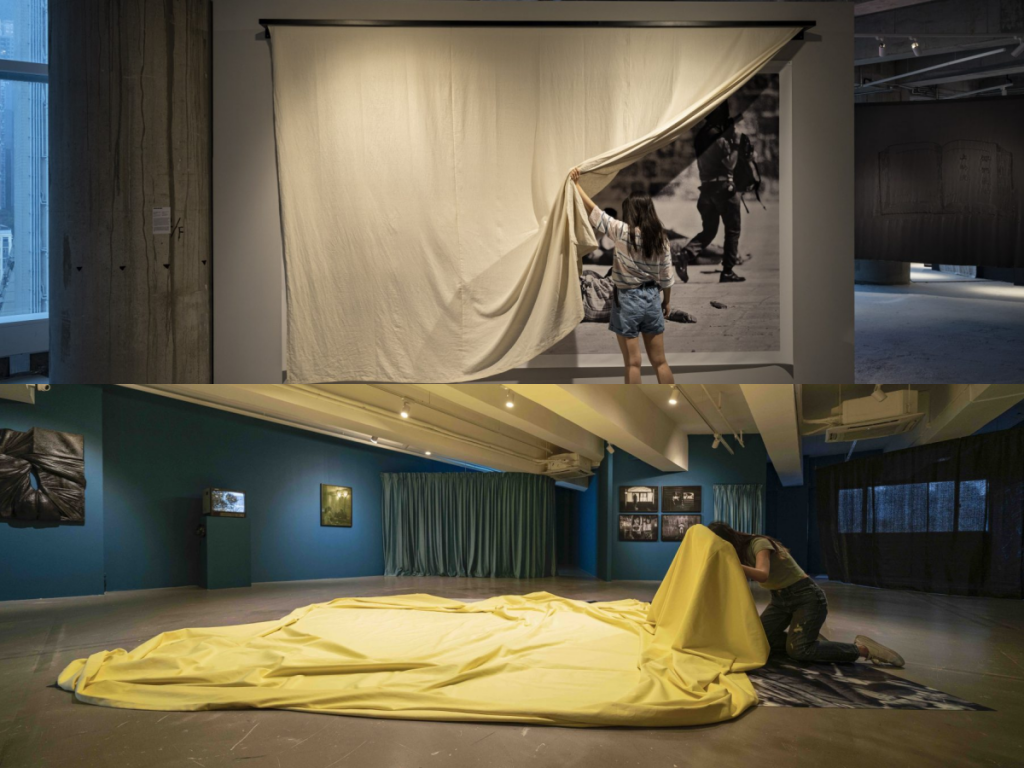
Gustav Metzger witnessed the rise of fascism in Nuremberg, Germany during his childhood, which led him to become a pioneer in expressing activist ideas through art. His work depicts the humiliation of Jewish people during the Nazi era, inviting viewers to bend down or lift the cloth. In an effort to challenge the way we confront historical trauma, the artist intentionally magnifies these cruel images and adds curtains to block them. Viewers are able to engage with the work in a more personal way, further connecting and empathizing with the horrifying reality depicted in the images.
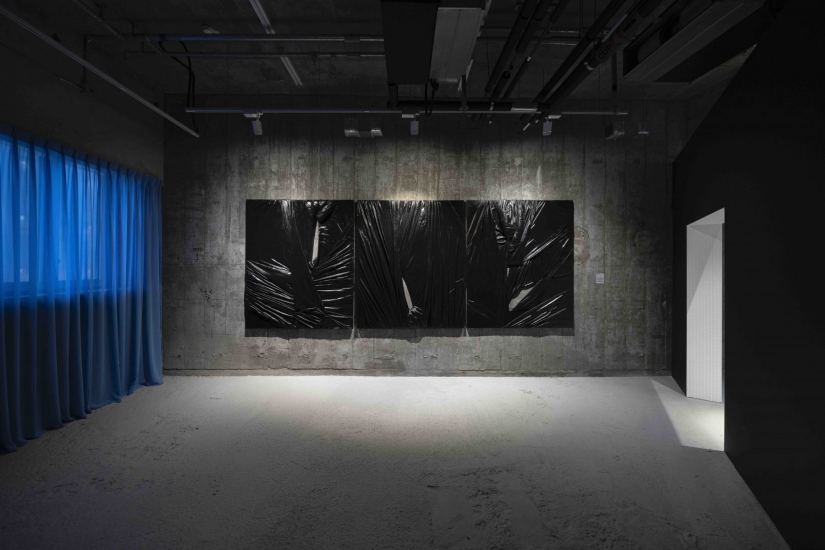
Zhang Shuang’s “0-Perspective” series presents her exploration of body, identity, and power. The cracks on the canvas are the starting point of Zhang Shuang’s creation, a way to vent her emotions towards life, and a silent scream of her female identity. The vigorous texture of the work reveals the artist’s accusation towards life, society, and herself.
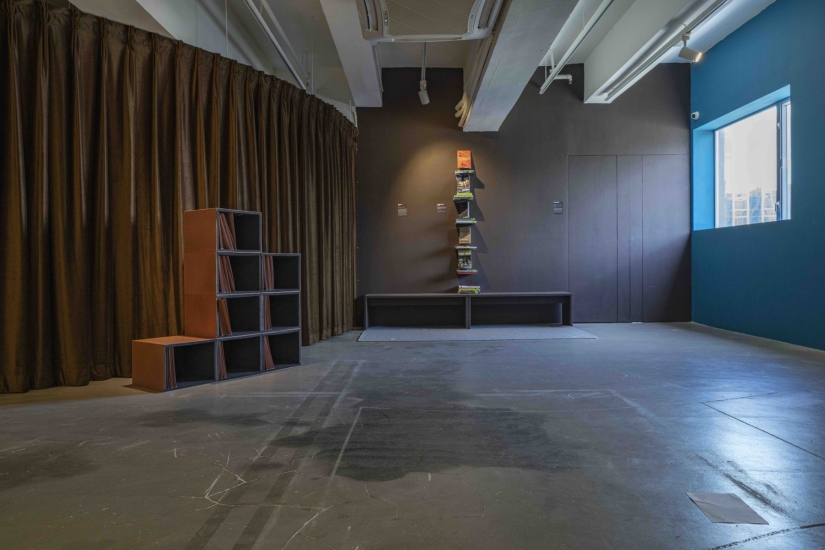
“The Room Story” project encourages participants to continue sharing personal observations, memories, and thoughts, and promises to create individual files for participants to permanently save their texts. This project encourages anyone to submit, and these documents are compiled into a vast text database, allowing all participants to establish subtle connections in different lives.
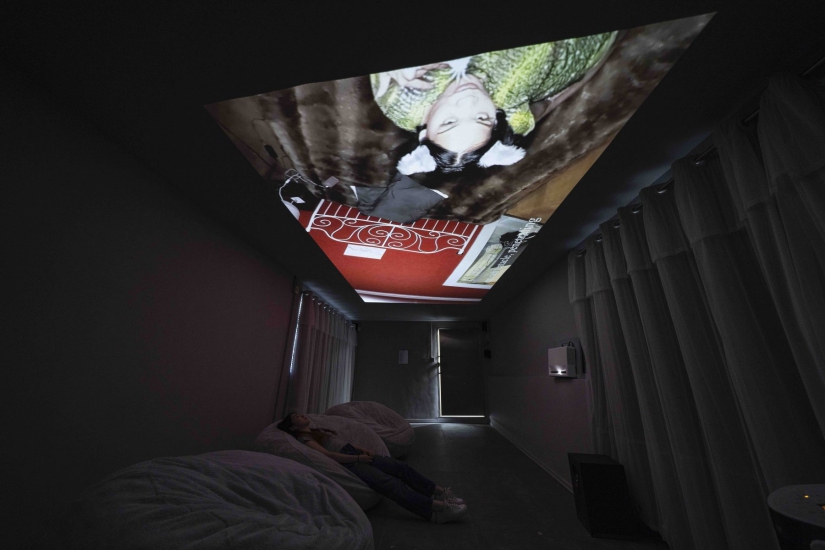
In Li Shuang’s visual and textual creations, the concept of “leakage” runs through it all. Our bodies, desires, and self-awareness all seep into and entangle in a highly artificial reality. The starting point of her work often revolves around her own body, soul, desires, and emotions. The works are projected onto the ceiling, allowing the audience to lie down in the most comfortable state and explore the search for and shaping of personal identity with the artist.
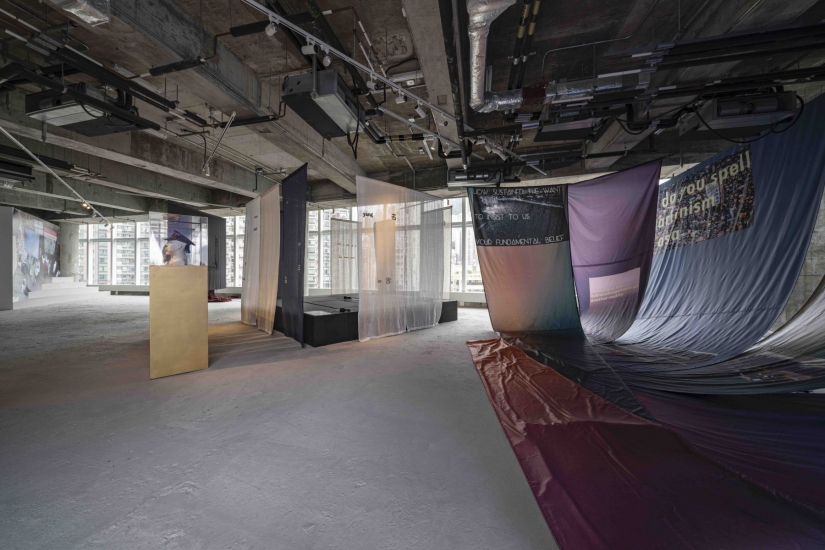
The exhibition continues a conceptual exploration through simple materials such as curtains. We can discover the stories of over twenty artists from around the world, prompting us to reflect on our own stories. Whether the images depict moments of beauty or decay, they are all valuable materials that shape the present world and self.
Is the curtain beautiful or filthy? In fact, it can never be classified.
Feel free to visit the exhibition and see your own interpretation!
“Blinds” Exhibition
Date: From now until July 15
Time: 11:00 AM to 7:00 PM
Location: 22/F, Wing Wah Industrial Building, 677 King’s Road, Quarry Bay, Hong Kong, PARA SITE Art Space

